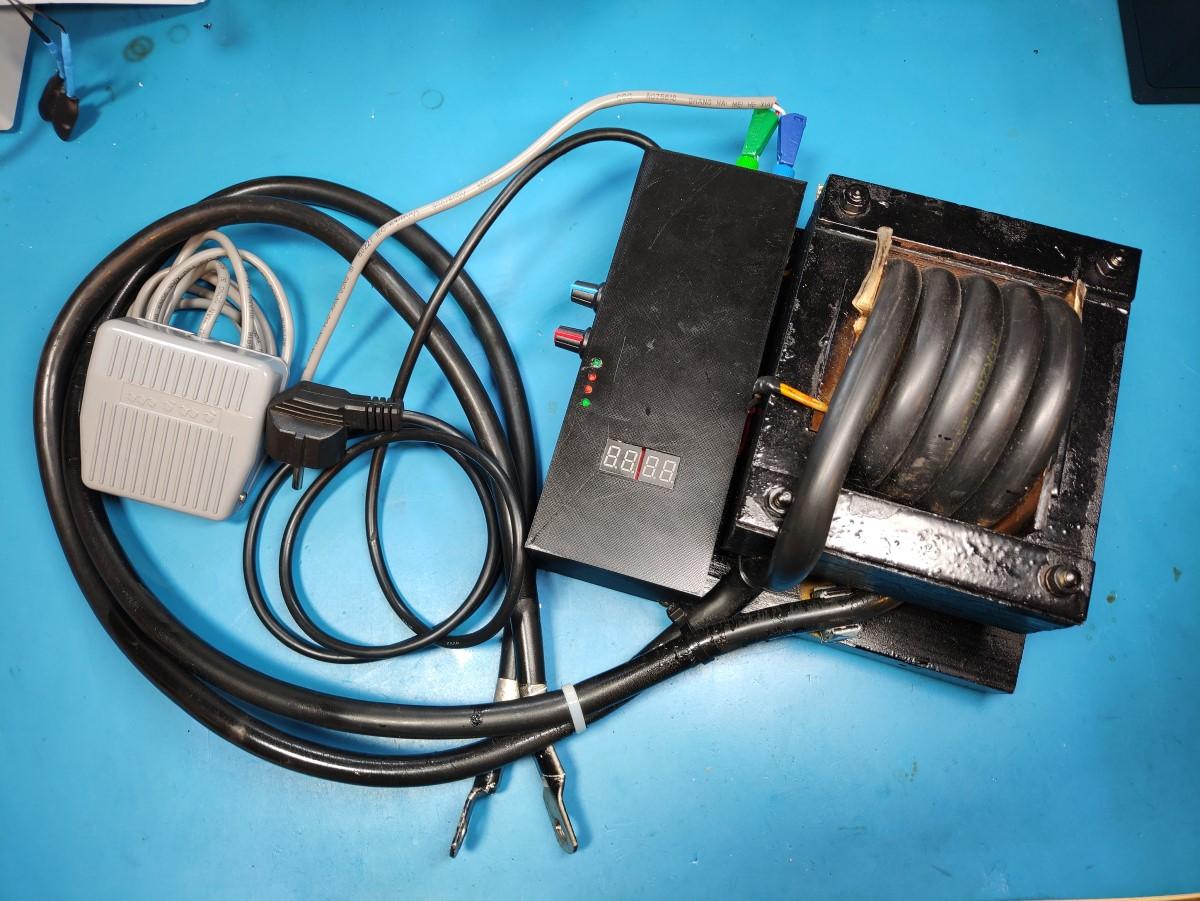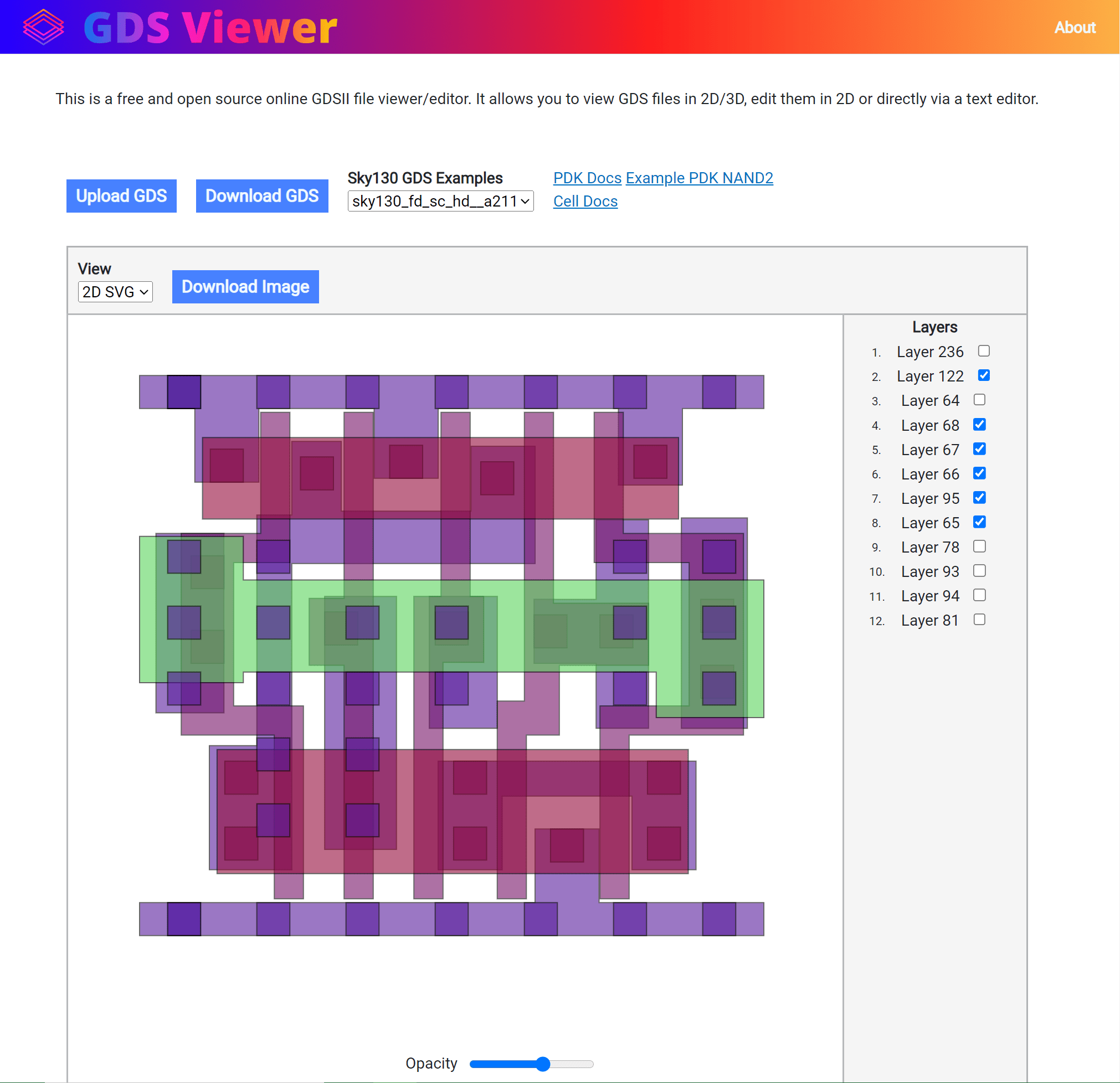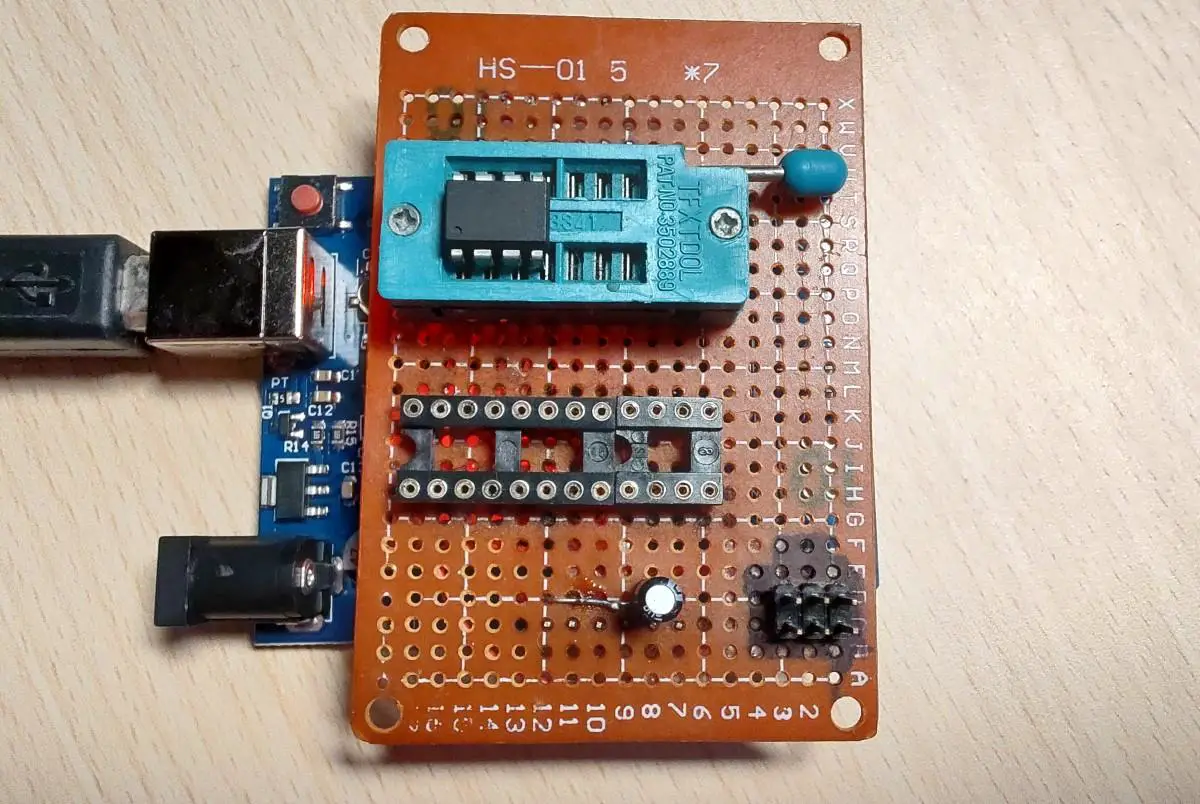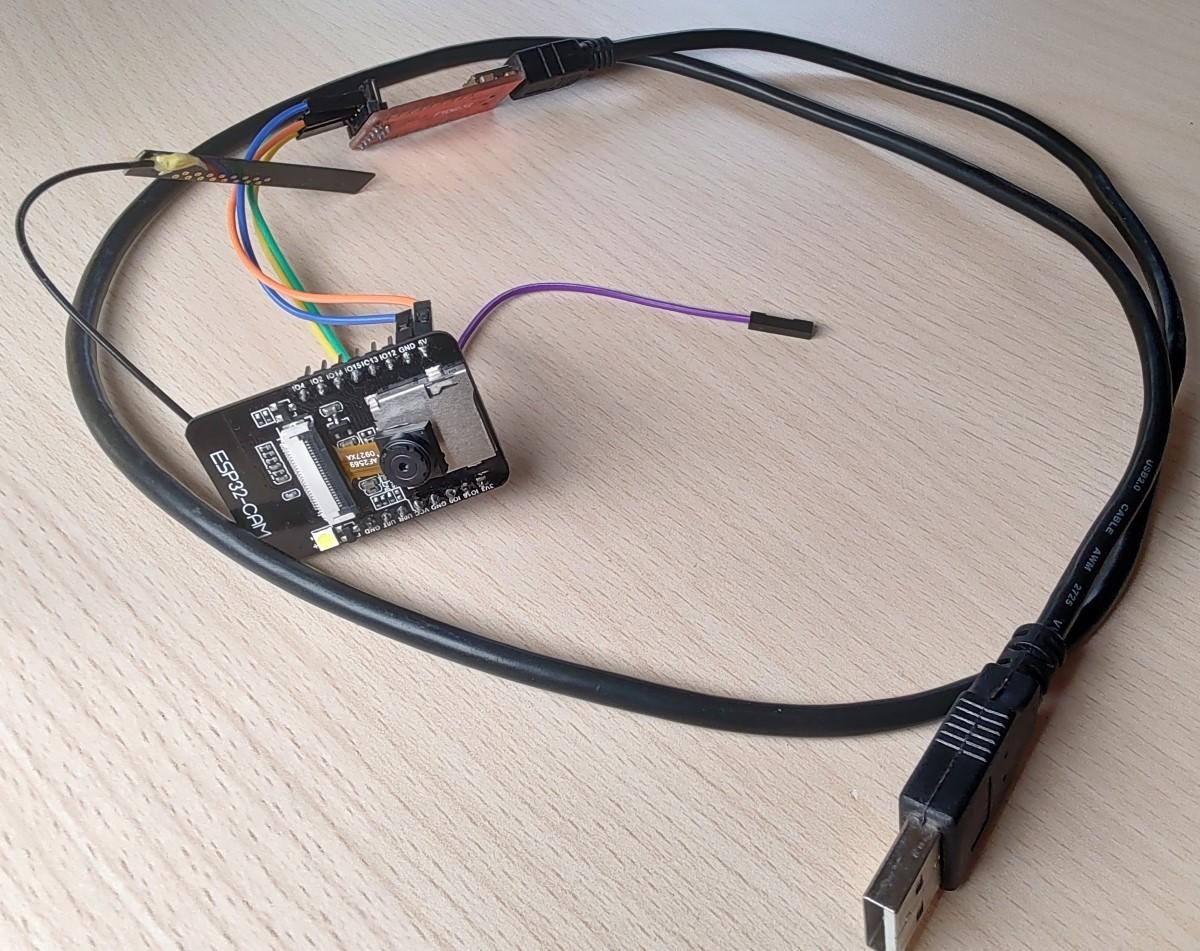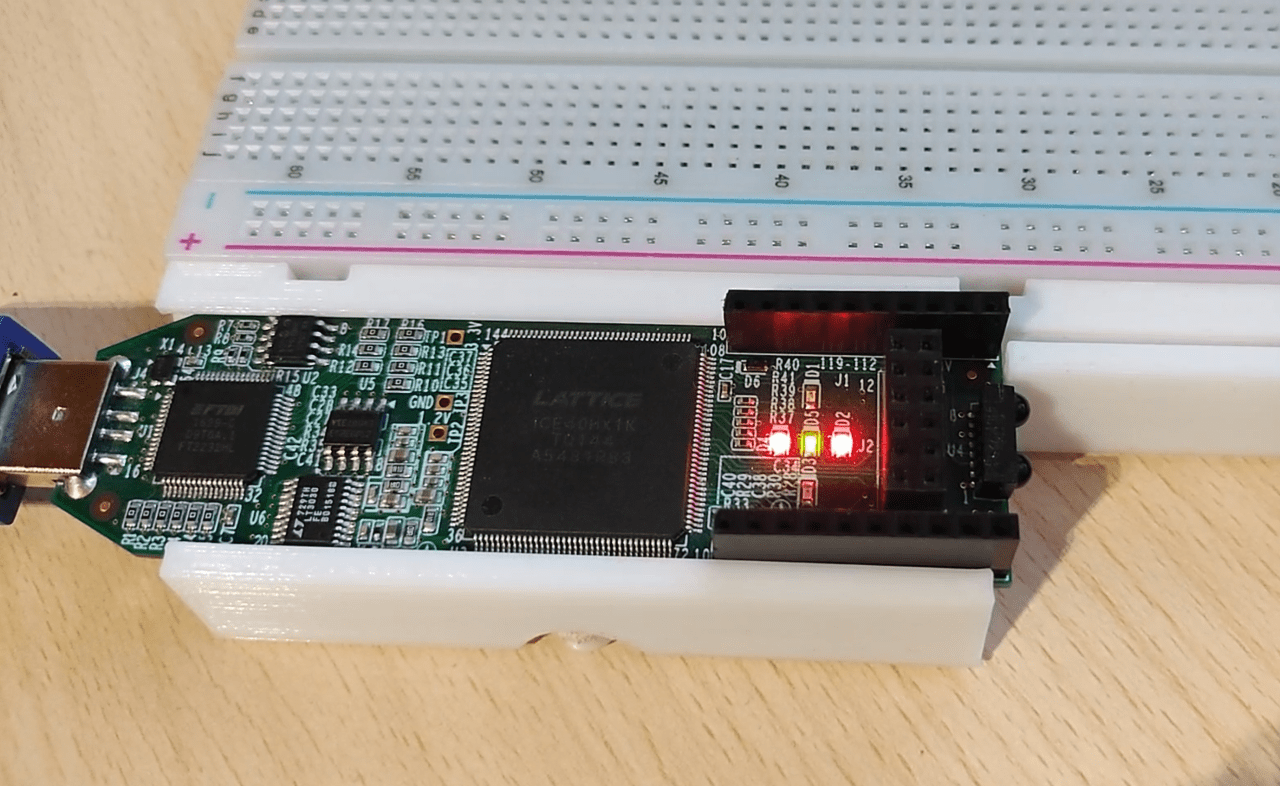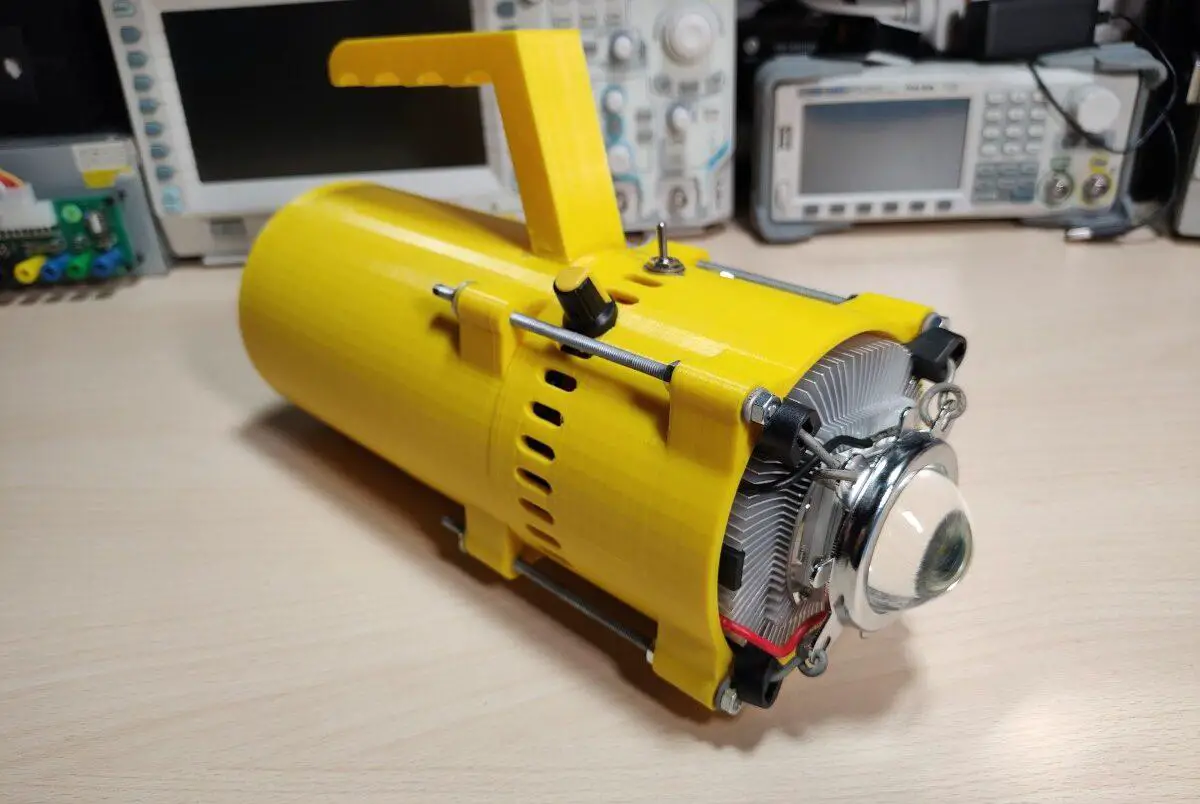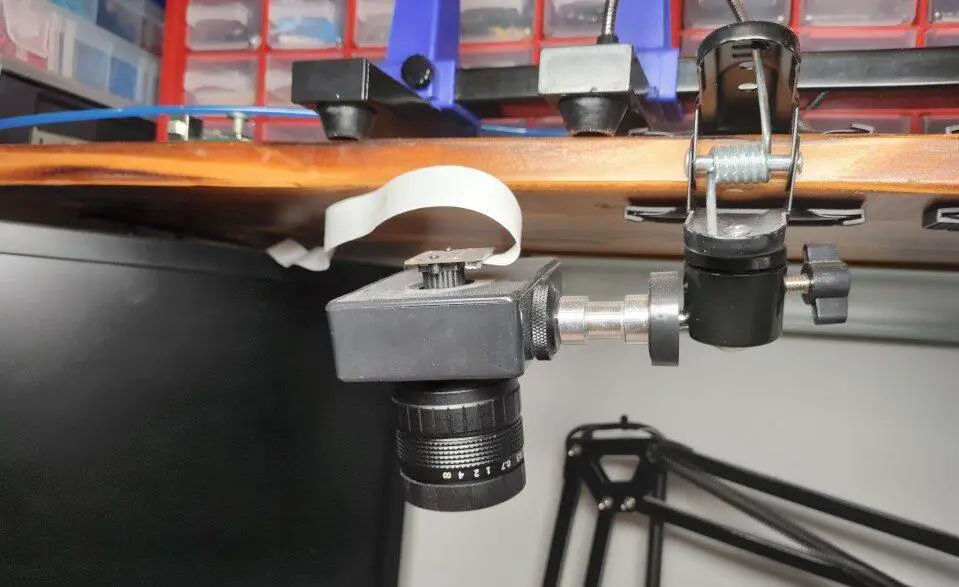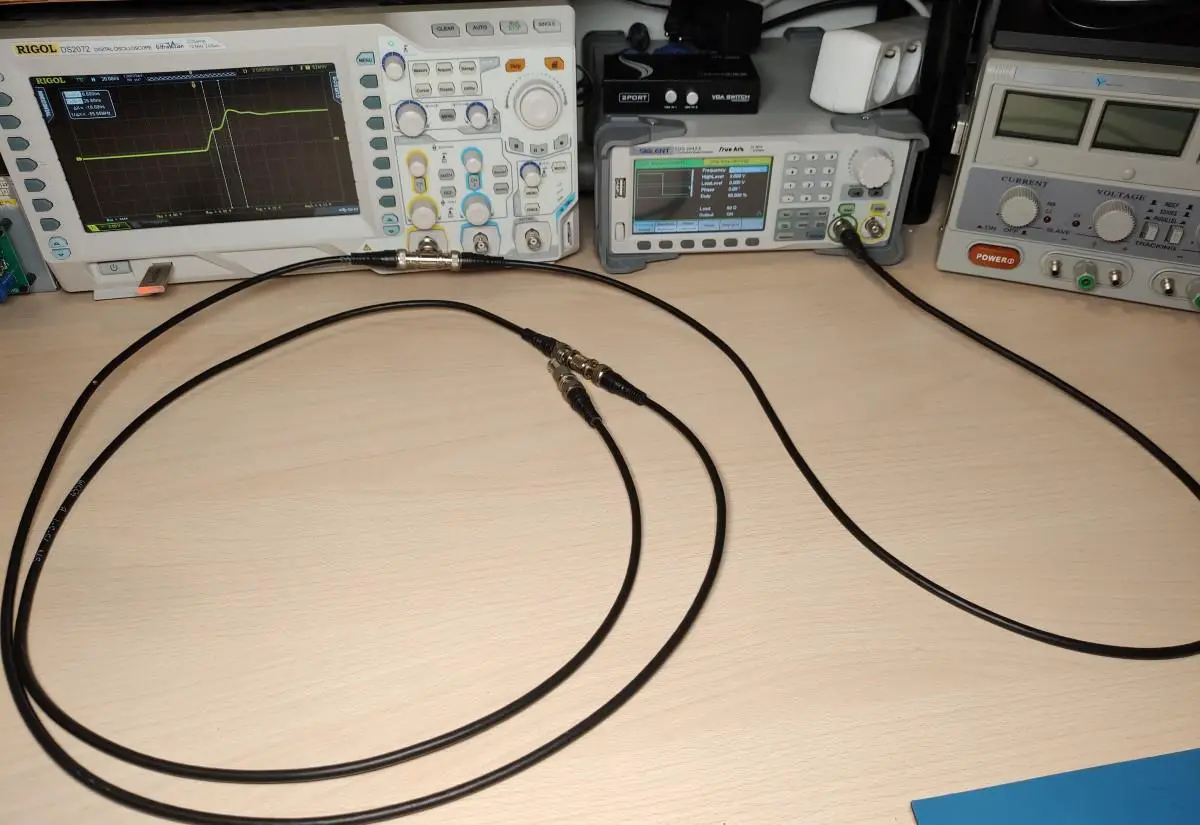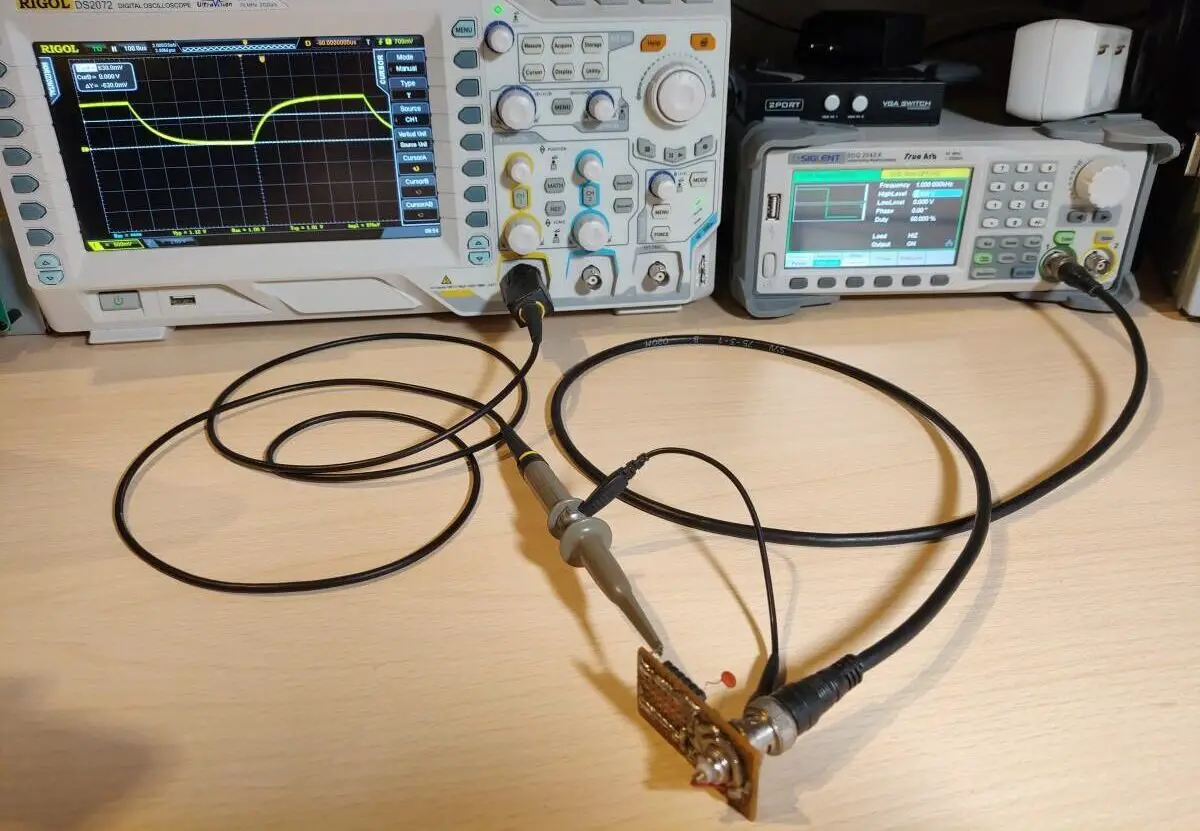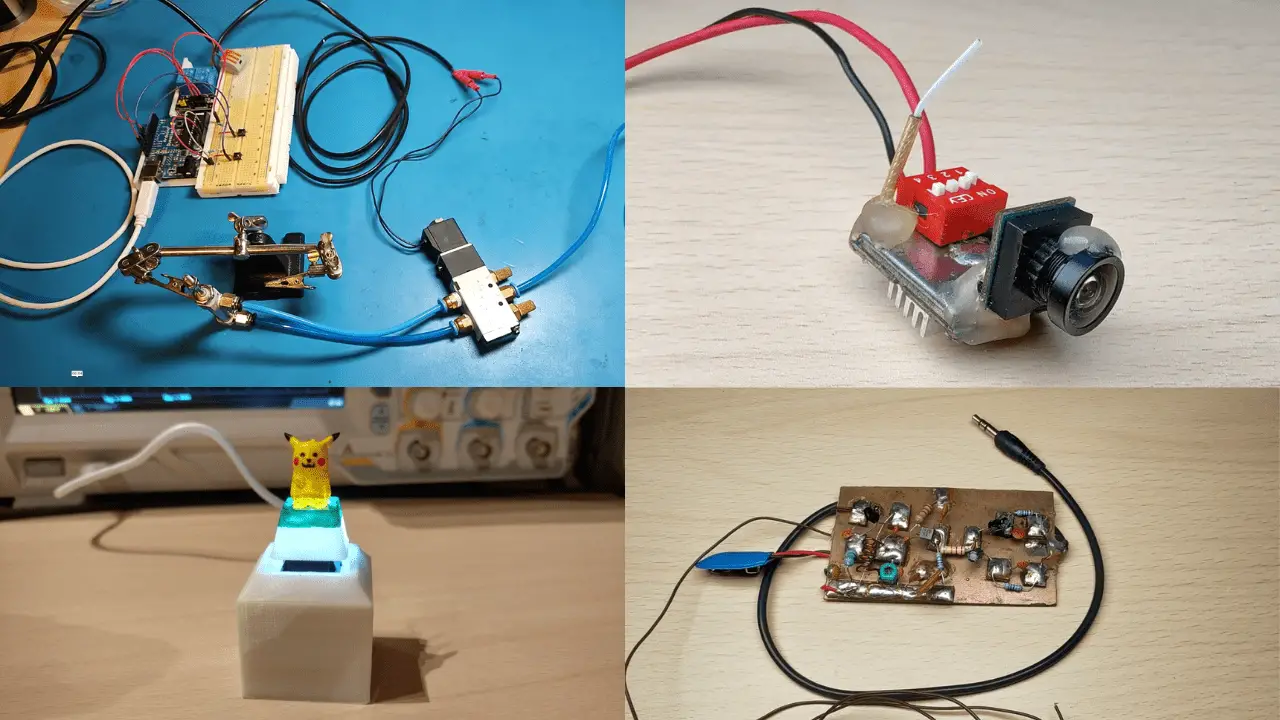DIY Spot Welder
In this post, I will show the spot welder I made. A spot welder is a very useful tool that can weld two pieces of metal by simply pressing them together and passing a high current through that small point. This causes that particular spot where the metals are pressed together to heat up sufficiently to melt and fuse them together.
